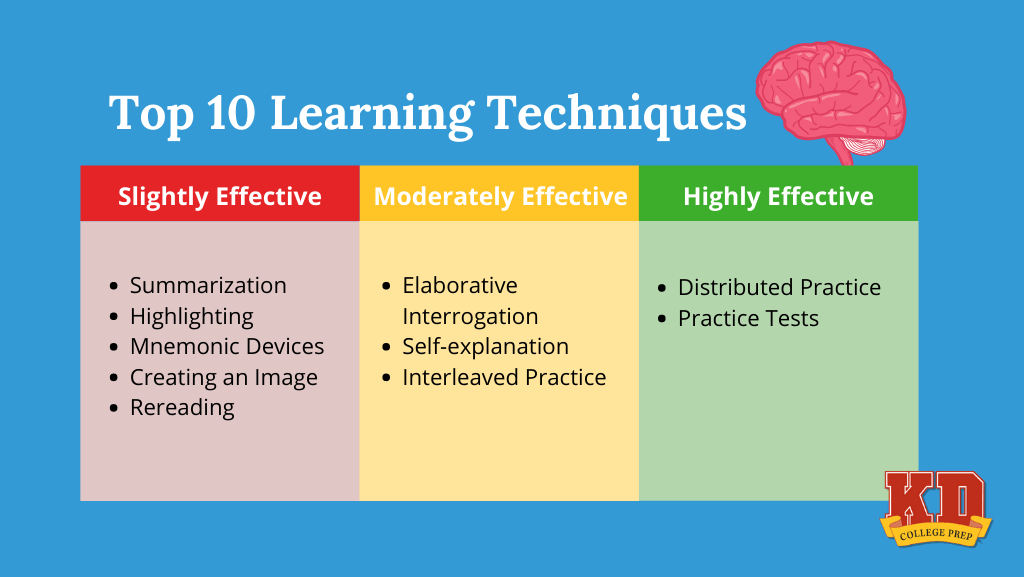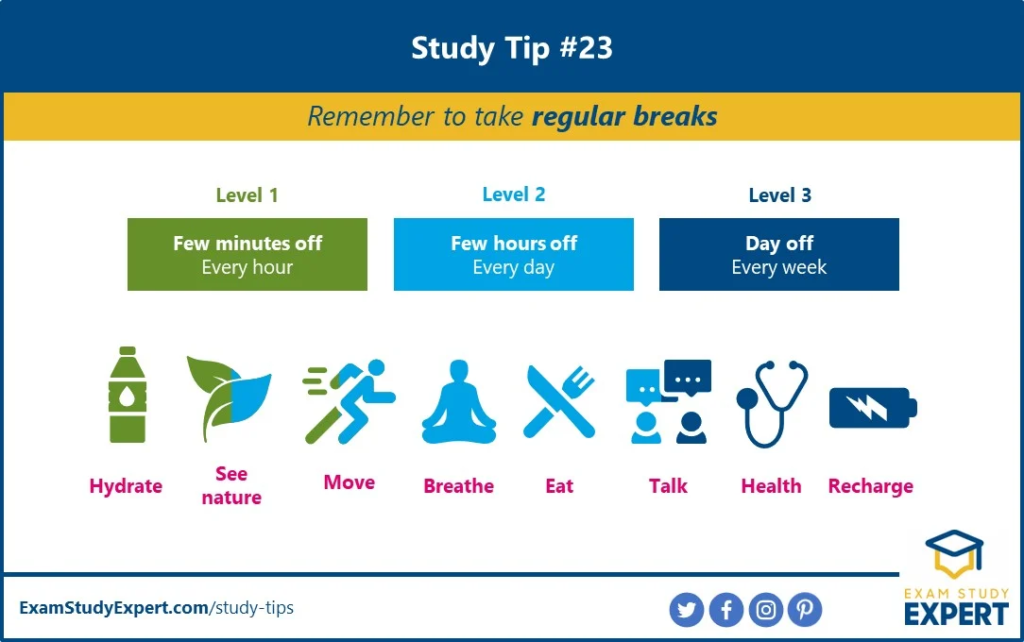
In today’s fast-moving world, studying smart is more important than ever. Whether you are a high school student, college learner, or adult preparing for exams, using the right study techniques can make all the difference. In the United States, many education experts, researchers, and teachers have identified and recommended study methods that not only improve memory but also boost long-term academic success.
This article explores the best study techniques backed by American education experts, written in simple English to help learners of all ages.

1. Active Recall: Test Yourself to Remember Better
One of the most powerful techniques recommended by experts in the US is active recall. Instead of simply reading notes over and over again, test yourself regularly on what you’ve learned.
According to Dr. Henry Roediger, a cognitive psychologist at Washington University in St. Louis, testing yourself helps strengthen memory. “It’s like exercise for the brain,” he says.
How to use it:
- Use flashcards with questions on one side and answers on the other.
- Try to recall information before looking at the answer.
- Ask a friend to quiz you.
2. Spaced Repetition: Study Small, Study Often
Another top method is spaced repetition. Instead of cramming all the material in one night, spread out your study sessions over days or weeks.
Research from the American Psychological Association shows that spreading learning over time leads to better memory and understanding.
How to use it:
- Study a topic today, then review it again tomorrow.
- Repeat the review 2-3 times a week.
- Use apps like Anki or Quizlet that follow spaced repetition algorithms.
3. The Pomodoro Technique: Focused Study in Short Bursts
Distractions are everywhere. To fight them, USA education coaches recommend the Pomodoro Technique, created by Francesco Cirillo. It involves 25 minutes of focused work followed by a 5-minute break.
This method keeps your mind fresh and reduces burnout, especially helpful for students preparing for competitive exams.
How to use it:
- Set a timer for 25 minutes and study without any distractions.
- Take a short 5-minute break.
- After 4 sessions, take a longer 15–30-minute break.
4. Teaching Others: Explain It to Remember It
American educators strongly support “The Feynman Technique,” which is based on the idea that teaching someone else helps you learn better.
Named after Nobel Prize-winning physicist Richard Feynman, this technique improves your understanding by making you explain complex topics in simple words.
How to use it:
- Pretend you are teaching a child or friend.
- Speak out loud or write it in simple terms.
- If you get stuck, go back and review the topic.
5. Interleaving: Mix Subjects for Better Results
Interleaving means mixing different topics or subjects while studying, instead of learning one at a time. USA learning experts say it helps your brain make stronger connections.
Dr. Doug Rohrer, an educational psychologist from the University of South Florida, found that students who used interleaving scored higher on tests than those who studied one topic at a time.
How to use it:
- Study math for 30 minutes, then switch to history.
- Don’t wait to master one subject fully before moving to another.
- It challenges your brain and improves flexibility.
6. Mind Mapping: Visualize to Memorize
If you are a visual learner, mind mapping can be very effective. This method helps you connect ideas using diagrams and keywords instead of long notes.
Many US teachers use mind maps in classrooms to improve students’ creativity and memory.

How to use it:
- Start with a central idea in the middle of the page.
- Add branches for subtopics and connect related ideas.
- Use colors, symbols, and images to make it more engaging.
7. Studying in Short Sessions: Avoid Cramming
Cramming the night before an exam is one of the worst habits. Instead, American education researchers suggest studying in short, focused sessions over time.
Short sessions improve attention and reduce mental fatigue. It also allows your brain to process and store information better.
How to use it:
- Divide study material into chunks.
- Spend 20–30 minutes on one chunk.
- Take breaks before switching topics.
8. Using Real-Life Examples
Education experts in the USA emphasize the importance of connecting what you study with real life. When students see how concepts apply to the real world, they remember them better.
How to use it:
- Link math problems to real shopping bills or cooking.
- Use historical events to understand current politics.
- Try science experiments at home to visualize concepts.
9. Creating a Dedicated Study Space
Your environment affects how well you study. According to US academic advisors, having a clean, quiet, and well-lit study area improves focus and motivation.
Avoid studying on your bed or near distractions like television or mobile phones.
How to use it:
- Set up a desk in a corner of your room.
- Keep only study materials there.
- Use noise-canceling headphones if needed.
10. Staying Healthy: Sleep, Food, and Exercise Matter
Finally, USA education professionals agree that a healthy body supports a strong brain. No matter how effective your study technique is, it won’t help if you’re sleep-deprived or eating junk food.
The National Sleep Foundation recommends 7–9 hours of sleep for students and young adults to stay mentally sharp.
Tips:
- Sleep early and wake up on a routine schedule.
- Eat brain-friendly foods like fruits, nuts, and leafy vegetables.
- Exercise regularly to keep your mind and body active.
Final Thoughts
Every student learns differently, but these expert-backed study techniques are proven to work for a wide range of learners. Whether you’re preparing for SATs, college exams, or personal development, applying even a few of these strategies can bring big improvements in performance and confidence.
Success doesn’t come from studying harder, but studying smarter. Try different techniques, stick to what works best for you, and be consistent.
Read More :- The Best Story Behind Route 66: America’s Highway Icon






